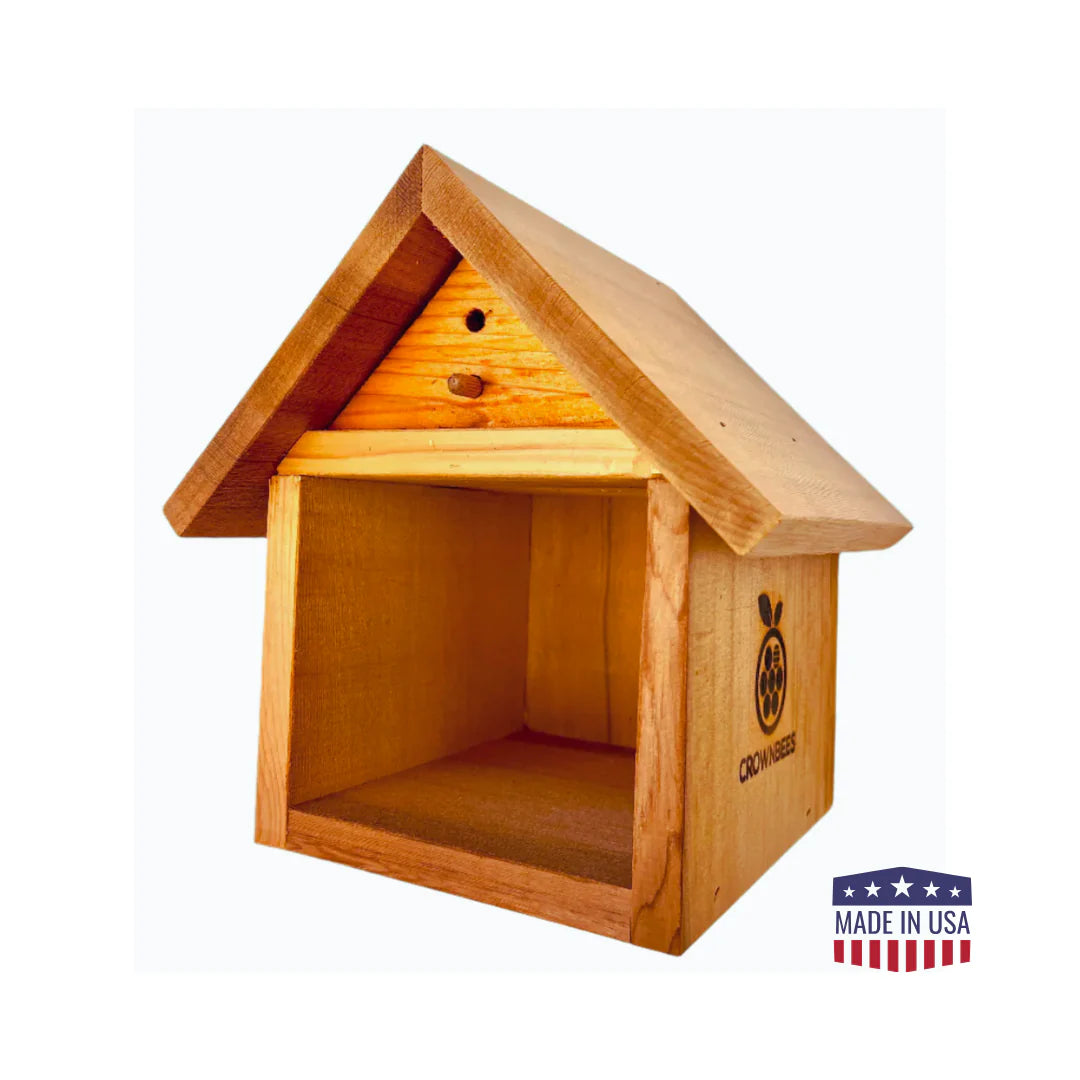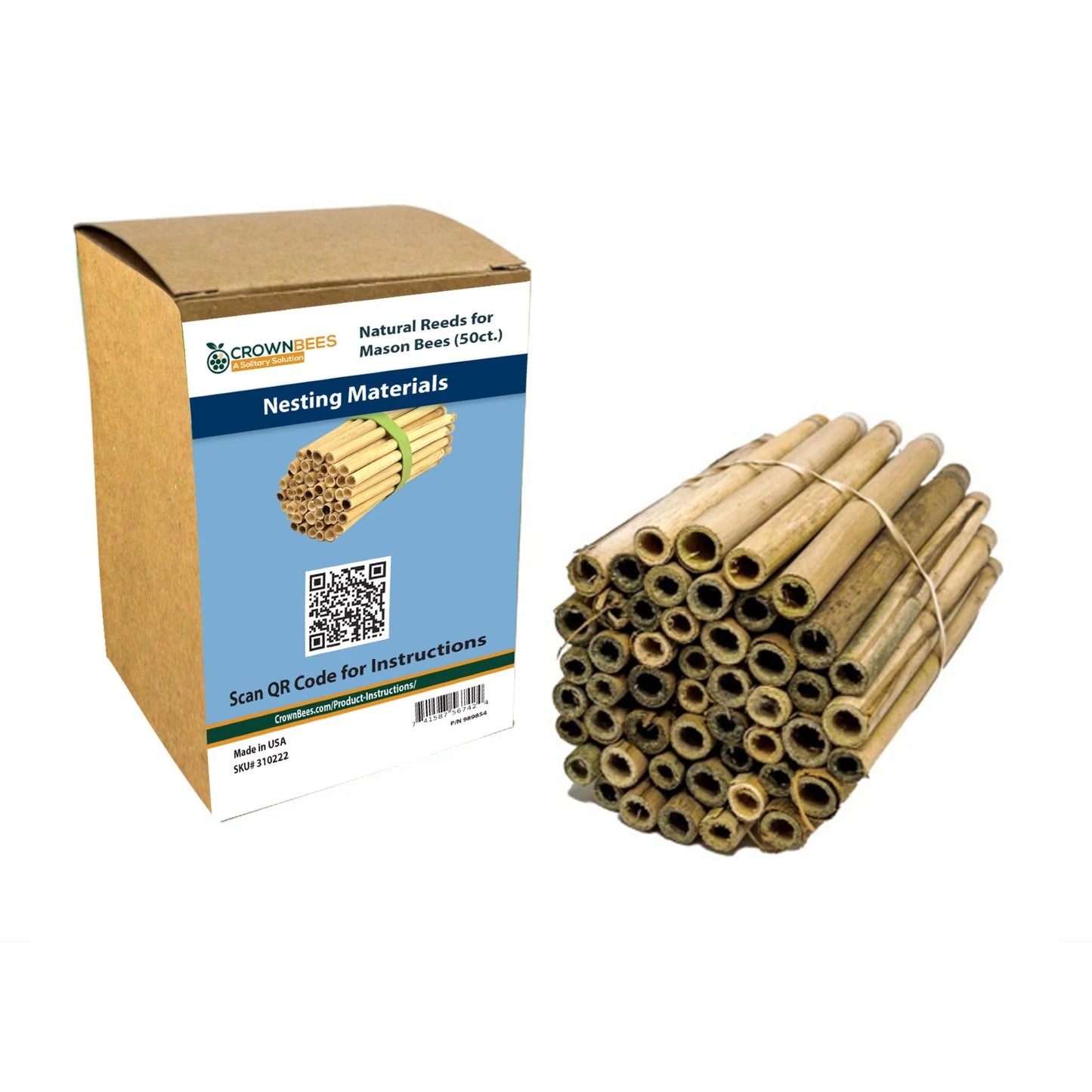
Who's living in your back yard?
The Pollinator Pack provides a variety of nesting hole sizes in a combination of cardboard BeeTubesTM and Natural Reeds. North America is home to about 1,000 native bees species that nest above ground in nesting cavities. Beneficial solitary wasps are also looking for nesting cavities and they keep your garden's pest population in balance. Native cavity-nesting bees and beneficial wasps vary in size and—a bit like Goldilocks—they are looking for a "bed" that is just right—neither too big nor too small.
Set up a Pollinator Pack in your bee house, join the Native Bee Network and help find native cavity-nesting bees across North America.
Instructions
Place the Pollinator Pack into your bee house and ensure that the open end of all cardboard BeeTubes and Natural Reeds are facing out. Place the nesting holes as far back as possible into the bee house to protect them from rain.
When the weather cools in the fall to below 60F/15C, remove the Pollinator Pack and store in a fine mesh BeeGuard Bag Pest Protection Bag for protection over the fall and winter. Reduce pests and diseases by providing fresh nesting cavities in the spring. We recommend opening a sampling of nesting cavities in the early spring to get to know your bee house guests.
How to Open Natural Reeds
- Pinch the open or capped end of the reed and the reed will begin to split.
- Carefully pull the reed apart.
- We do not recommend reusing reeds because pest and disease buildup can kill your bee house population.
How to Open BeeTubes
- Carefully snip the end of a BeeTube and begin peeling it apart on the diagonal—similar to opening one of those cans of refrigerator biscuits. (Just don't bang it on the counter first!).
- Use an opened paperclip to nudge any cocoons stuck at the spin-closed end of the BeeTube.


